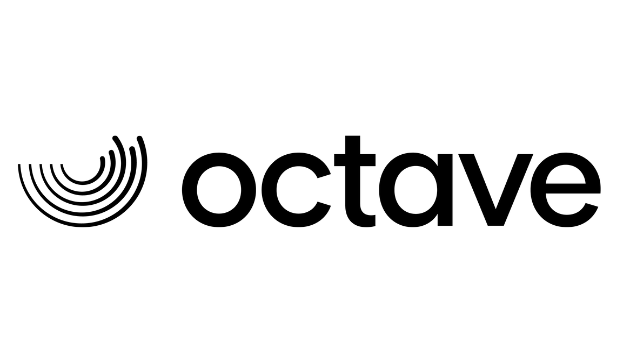Octave Audio Found Smart Speaker Advertising Drives Stronger, More Meaningful Engagement with Consumers
by on 20th Jul 2022 in News

Smart speaker advertising generates powerful responses in the human brain that can help build deeper connections between brands and consumers, new research from Neuro-Insight, commissioned by Octave Audio, Say It Now and Xaxis, has revealed.
The study investigated consumer engagement in a 30-60 second conversation with a voice assistant and compared brain responses with standard broadcast radio ads. It monitored cognitive functions such as long-term memory, engagement, emotional intensity, approach/withdrawal, and general attention.
The scientific study found that branded smart speaker ads trigger a 25% increase in overall brain activity when compared to branding in standard audio ads - helping to build stronger and more meaningful associations. It also found that engaging in a conversation with an ad via a voice assistant makes branding moments 11% more memorable; Neuro-Insight’s measure of long-term memory encoding is proven to correlate to future behaviour change and decision making.
What’s more, voicing a brand’s name back to a smart speaker generates a 30% uplift in overall levels of brain response compared to a standard ad, while hearing a smart speaker reply elicits 24% higher levels of positive emotional response - suggesting that having a two-way conversation with a smart speaker is enjoyable to the listener.
Smart home devices will carry out more than USD $164bn (£139bn) worth of global transactions in 2025, and with smart speaker ownership on the rise, conversational technology is opening new ways for advertisers to effectively tell stories and create branding moments by making audio advertising ‘actionable’. Actionable audio ads comprise of three elements: a 30-40 second radio ad voiced by a smart speaker, a smart speaker call to action, and frictionless voice interaction enabling consumers to research products, have more information or offers sent to their phone or conduct a purchase.
According to the research, interactive ads evoke 2.3x more left-brain memory peaks in comparison to standard radio ads, meaning these ads are more likely to drive greater retention of information. Comparing brain responses when consumers converse with smart speaker audio ads with standard benchmarks, the research also found remarkable uplifts to:
- General attention: +26%
- Intensity of emotional responses: +17%
- Memory-based responses: +11%
Charlie Cadbury, CEO, Say It Now, added: “The evidence is clear: when consumers have a conversation with a branded advert via a voice assistant this fires up their brain and they are more likely to respond positively. By allowing consumers to converse with brands and seamlessly conduct searches and purchases, actionable audio adverts drastically minimise friction in the consumer journey and deliver results. Brands can use actionable audio adverts to harness smart speakers’ potential for creating emotional impact and forming meaningful connections with target audiences.”
Charlie Brookes, director, Octave Audio commented: “The findings amplify the importance of strategic, addressable audio campaigns. Optimising ad placements and smart speaker conversations enables brands to start the right interactions with the right listeners. Rapid smart speaker adoption is driving innovation for audio advertising capabilities, making it an exciting time for brands to explore audio’s influence on audiences.”
Tilly Sheppard, product manager, Xaxis commented: “The research proves the ability of audio campaigns for connecting brands and listeners. To maximise audio’s power for capturing fragmented consumer attention, advertisers need to consider how to add value to the consumer journey. Understanding the context of user interactions, what they’re doing at the time, and where they are in the funnel can have a great impact on campaign performance. Whether advertisers are looking to improve brand consideration or drive both low- and high-consideration purchases- interactive audio adverts help to cut through.”
BrandingResearchVoice assistant








Follow ExchangeWire